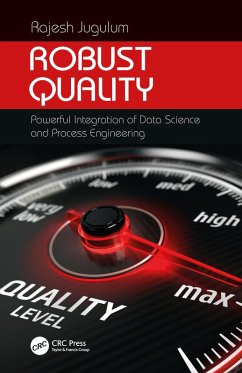often works well, making the chapters easy and quick to read and understand. It also has the advantage of appealing to math-phobic readers and anyone trying to avoid feeling lectured. Quality by Experimental Design has a lively style and enough tantalizing material that, I hope, will make beginners in statistics, and practitioners in other engineering areas, interested in picking up more advanced books to get a deeper look at the application of statistically designed experiments to quality control problems."
-Alejandro Heredia-Langner,
Technometrics, Vol. 48, No. 4, November 2006
"... an invaluable text ... presents a wide variety of techniques and innovative methods for designing and conducting experiments with an expectation of acquiring actionable knowledge. ... material is presented in a progressive way that thoughtfully discusses and illustrates proven experimental methods that may be employed to make informed decisions."
-Hank Altland, Retired, Corning, Inc.
"The book is an introduction to the theory of experimental design for practitioners. ... The different methods and models are illustrated by a large number of examples and exercises taken from practice. For finding the solutions of the problems, the software package Minitab is used. Application of the methods is supported by various templates and worksheets."
-
Zentralblatt MATH, 1088
"This third edition takes the positive aspects of the first edition and adds to them. ... a well-written book that can be used for your own reference or as a text."
-From the Foreword by John T. Burr, Assistant Professor, Center for Quality and Applied Statistics, Rochester Institute of Technology















